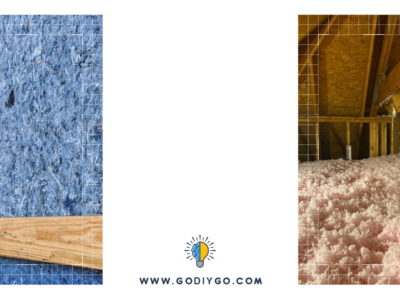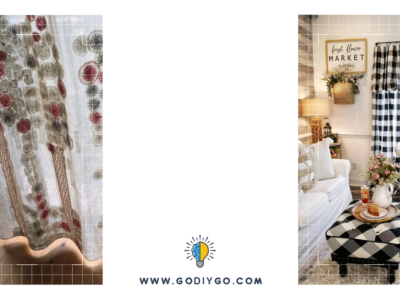Introduction
If you have allergies, you may already know how essential it is to have high-quality air filters and furnace filters in order to keep your symptoms under control. The first step in dealing with air allergies is to stop allergens from entering the space. This is the reason air filtration is commonly recommended as part of home management services for those with respiratory diseases linked to allergies.
Indoor allergens include things like dirt, fungi, and animal hair, and they may make allergy symptoms much worse. These allergens enter your body via the air that you breathe. Therefore, having a quality air filter, such as the Merv filters from a well-established brand like Simply Filters, is crucial in preventing indoor air contamination.
What Does MERV Stand For?
MERV is an acronym for Minimum Efficiency Reporting Value. An air filter’s MERV rating describes how efficiently it decreases ambient contaminants that flow through the filter between 0.3 to 10 millimeters. These filters work by pushing air through a tiny mesh that traps these airborne antigens so that they cannot reach our bodies through inhalation.
Filters with a high MERV rating will remove more airborne particles from the air you breathe. Thus, this stops these airborne pollutants and allergens from contaminating the atmosphere of your home or place of employment.
How Do MERV Ratings Work?
Generally speaking, air filters with high MERV ratings eliminate a large proportion of airborne pollutants, enhancing the indoor air quality of your house. But that isn’t all. Let’s see what each MERV Rating means:
- MERV (1-4) – This category of filters is at the low end. They do nothing to enhance air quality within your home but remove huge airborne particles that may otherwise harm your furnace or AC. Homeowners who use these filters should change them once a month to continue providing the best possible service.
- MERV (5-8)- Compared to their less costly rivals, air filters with a MERV grade of 5-8 last longer. Folded filters in this size range typically measure 1-2 inches. They may enhance the air quality of your house by eliminating dangerous pollutants, including mold growth, hair spray odors, and tiny airborne particles. They are utilized for both commercial and residential environments.
- MERV (9-12) – These filters seem to be more effective and frequently provide the greatest improvement in the indoor environment for household applications. These filters include deep-folded filters. Since they effectively eliminate airborne impurities, they must be checked frequently to guarantee adequate air circulation.
- MERV (13-16) – Filters in these ranges are utilized in rooms and clinics where airborne pollutants must be virtually removed. Due to airflow restrictions and potentially significant damage to the HVAC system, they are not advised for residential usage.
Is a Higher MERV Rating Always Preferable?
It is not always preferable to have a higher MERV grade. The size of your home and your HVAC system will significantly impact the decision. Higher-rated filters can capture more contaminants, but they can potentially stress your HVAC system and raise your power bills. A filter that falls between the middle, balanced from all sides, is usually more than enough.
Conclusion
In conclusion, the MERV rating measures an air filter’s ability to capture particles. The higher the MERV rating, the more efficiently the filter captures smaller particles. However, it is essential to consider the application and the system in which the filter will be used. A filter with a high MERV rating can be more effective, but it might also be more restrictive, resulting in a decrease in airflow and an increase in energy usage. Therefore, it is advisable to speak with the manufacturer or a specialist in HVAC to identify the suitable MERV rating for your particular requirements.
















